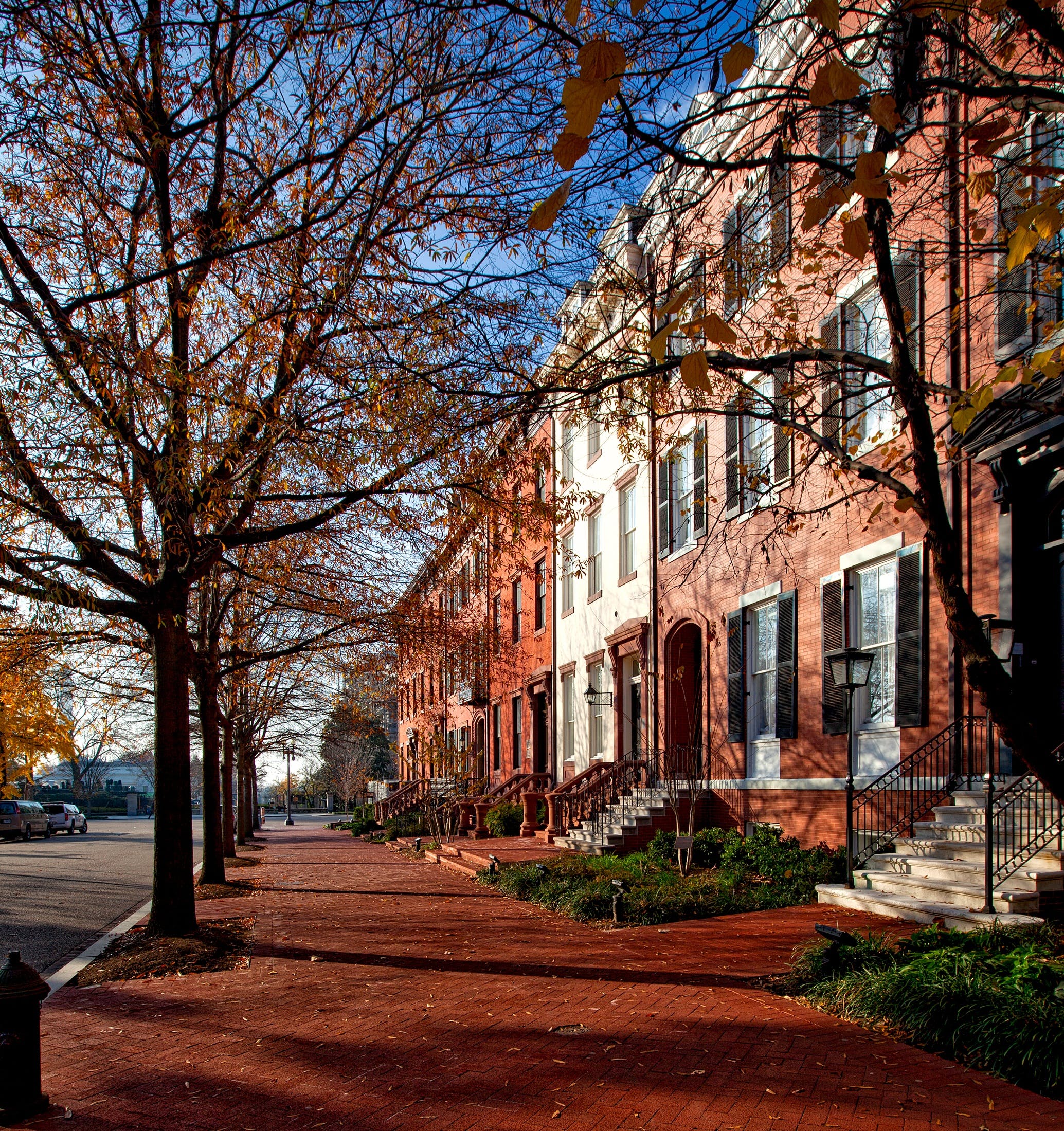Greetings, Northern New Jersey residents! I’m Rich Iorio, your friendly neighborhood Realtor from C21 Crest Real Estate. Whether you’re considering buying or selling a home in our beautiful region, I’m here to guide you through the process with a helping hand and a friendly smile. Today, let’s explore a valuable tool that can help you make informed decisions in real estate investment – the Gross Rent Multiplier (GRM) approach. Understanding this concept can be a game-changer for both potential buyers and sellers in Northern New Jersey.
What is the Gross Rent Multiplier (GRM)?
The Gross Rent Multiplier is a method used to assess the value of a rental property. It’s a simple yet powerful calculation that provides a quick estimate of a property’s potential for generating rental income. The GRM is calculated by dividing the property’s market value or purchase price by its annual gross rental income. This approach helps you gauge the property’s income potential and evaluate its attractiveness as an investment.
Here’s how you can use the Gross Rent Multiplier to assess a rental property’s value:
1) Calculate the Property’s Gross Annual Rental Income:
First, you need to determine the property’s gross annual rental income. This includes all rental income you expect to receive from the property, such as monthly rent from tenants. Be sure to include all sources of rental income to get an accurate figure. Coin laundry machines rent from garages etc.
2) Find the Property’s Market Value or Purchase Price:
Next, you’ll need to determine the market value or purchase price of the property. This is typically the price at which you plan to buy or sell the property.
3) Calculate the Gross Rent Multiplier (GRM):
Now, divide the property’s market value or purchase price by its gross annual rental income. The formula for calculating the Gross Rent Multiplier is:
GRM = Property’s Market Value or Purchase Price / Gross Annual Rental Income
Using the Gross Rent Multiplier to Make Informed Decisions:
The Gross Rent Multiplier provides a valuable metric that can be compared to other similar properties in your area. A lower GRM generally indicates a more attractive investment opportunity because it suggests a higher potential return on investment. Conversely, a higher GRM may signify a property with lower income potential.
For Buyers:
If you’re looking to purchase a rental property in Northern New Jersey, a lower GRM suggests a potentially better investment. It means you may generate more rental income relative to the property’s purchase price. This can help you identify properties that offer a better return on investment.
For Sellers:
If you’re thinking about selling a rental property, understanding the GRM can help you determine an appropriate listing price. A lower GRM indicates a more attractive income potential, which can be highlighted in your property listing.

 Facebook
Facebook
 X
X
 Pinterest
Pinterest
 Copy Link
Copy Link


